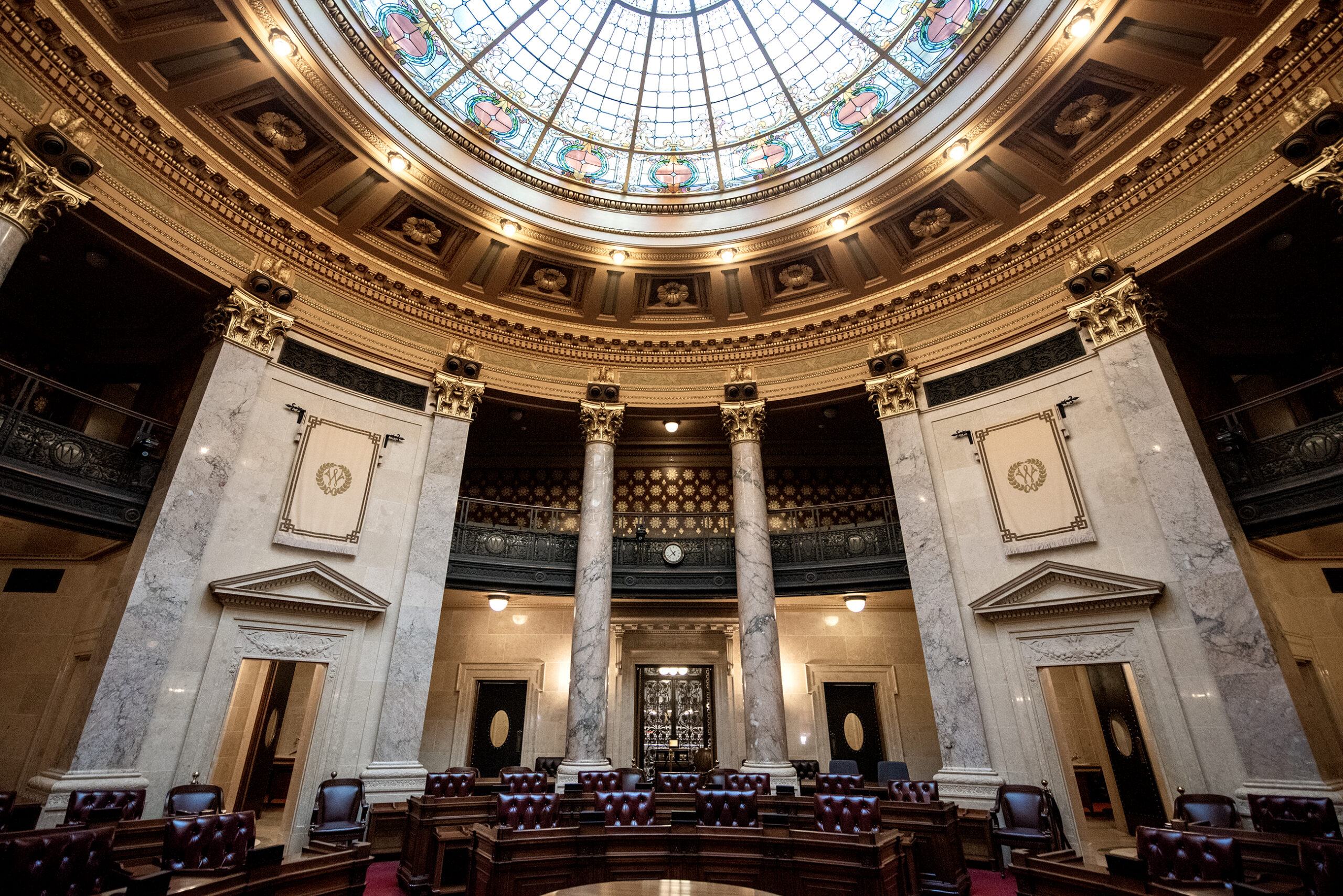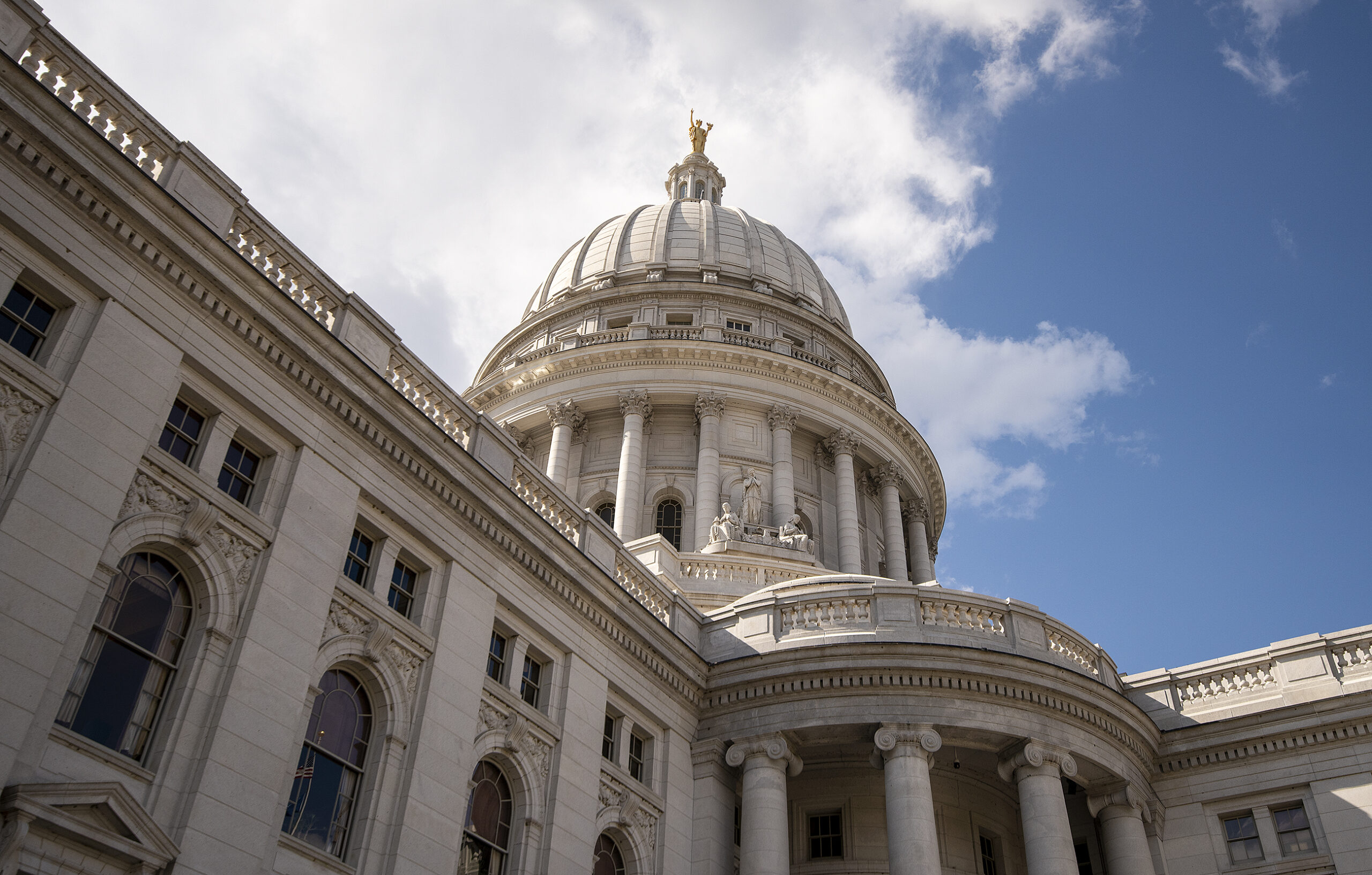Wisconsin’s structural deficit has grown to nearly $1.8 billion, the third-largest gap reported by the state in the past two decades.
The nonpartisan Legislative Fiscal Bureau calculates the state’s structural deficit primarily by looking at what the state is already committed to spending over the next two years. It’s a measure of how the state’s checkbook balance would look based on factors within the state’s control. It assumes revenues will stay the same, and does not make assumptions about economic growth or decline.
The $1.8 billion deficit would be inherited by the next governor and Legislature right out of the gate for the next two-year budget.
Stay informed on the latest news
Sign up for WPR’s email newsletter.
State Sen. Jennifer Shilling, D-LaCrosse, who asked for the Legislative Fiscal Bureau memo, said it’s a problem Gov. Scott Walker would have to fix, and he should be forthright about how he’s going to do it.
“We don’t want another February surprise to the taxpayers of this state, and I think the governor should be truthful and forthcoming about how his administration would tackle these numbers and try to address the numbers that are coming out of the Fiscal Bureau,” said Shilling.
The bureau had previously estimated that structural deficit would be about $640 million. The figure grew because current revenues are coming in slower than expected. The current budget is also projected to finish in the red.
Walker said he expected those revenues would pick up and brushed off criticism from Democrats.
“These are the people that gave us a $3.6 billion budget deficit, I mean, this is selective amnesia on their part,” said Walker. “The bottom line is we inherited something much, much greater than what we’re talking about now.”
The structural deficit was larger when Walker took office and larger yet in 2003. Those shortfalls were driven by recessions, however, whereas this deficit has taken shape at a time when the economy was growing.
Wisconsin Public Radio, © Copyright 2025, Board of Regents of the University of Wisconsin System and Wisconsin Educational Communications Board.







